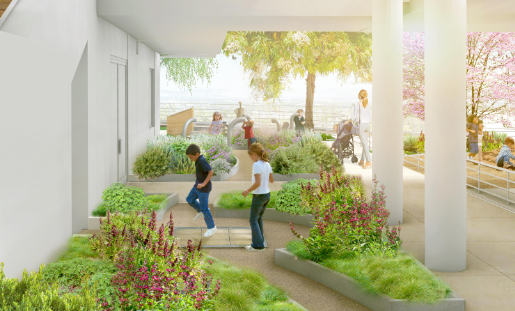Exploring the Landscape: A Guide for Architects
Incorporating landscapes into architectural design is crucial for creating harmonious and sustainable environments. Landscapes not only enhance a building’s aesthetics but also improve the overall well-being of its occupants. Understanding how to integrate natural elements into architectural projects can elevate the quality of design and foster a deeper connection between people and their surroundings.
The Importance of Site Analysis
Before beginning any design, a thorough site analysis is essential. This process involves evaluating the existing natural features, climate, and topography of the location. By understanding these elements, architects can make informed decisions about how to best integrate the building with its environment. Key factors to consider include soil quality, sunlight patterns, and existing flora and fauna. This foundational knowledge can inform decisions regarding orientation, materials, and drainage systems.
Sustainable Design Practices
Sustainable landscaping practices are increasingly vital in architecture. Implementing green roofs, rain gardens, and native plantings can significantly reduce a building’s ecological footprint. Using drought-resistant plants can minimize water usage, while green roofs can enhance insulation and promote biodiversity. These practices not only contribute to environmental preservation but can also result in energy savings for the building, making sustainability a win-win for architects and clients alike.
Creating Outdoor Spaces for Well-Being
Incorporating outdoor spaces into architectural design promotes physical health and mental well-being. Thoughtfully designed gardens, patios, and walkways create inviting areas that encourage social interaction and outdoor activities. Research shows that access to nature can reduce stress and enhance creativity. Thus, architects should prioritize creating these spaces, ensuring they are functional, aesthetically pleasing, and accessible. Features such as seating areas, walking paths, and water elements can further enrich the outdoor experience and create a seamless connection between indoors and outdoors.
In conclusion, understanding landscape integration is essential for architects looking to create functional and beautiful spaces. By focusing on site analysis, sustainable practices, and outdoor well-being, architects can ensure their designs resonate with both people and the environment. If you’re eager to learn more about enhancing your architectural projects through landscape design, consider exploring further resources or attending workshops in the field. Let’s embrace the beauty of landscapes to elevate our architectural designs!

